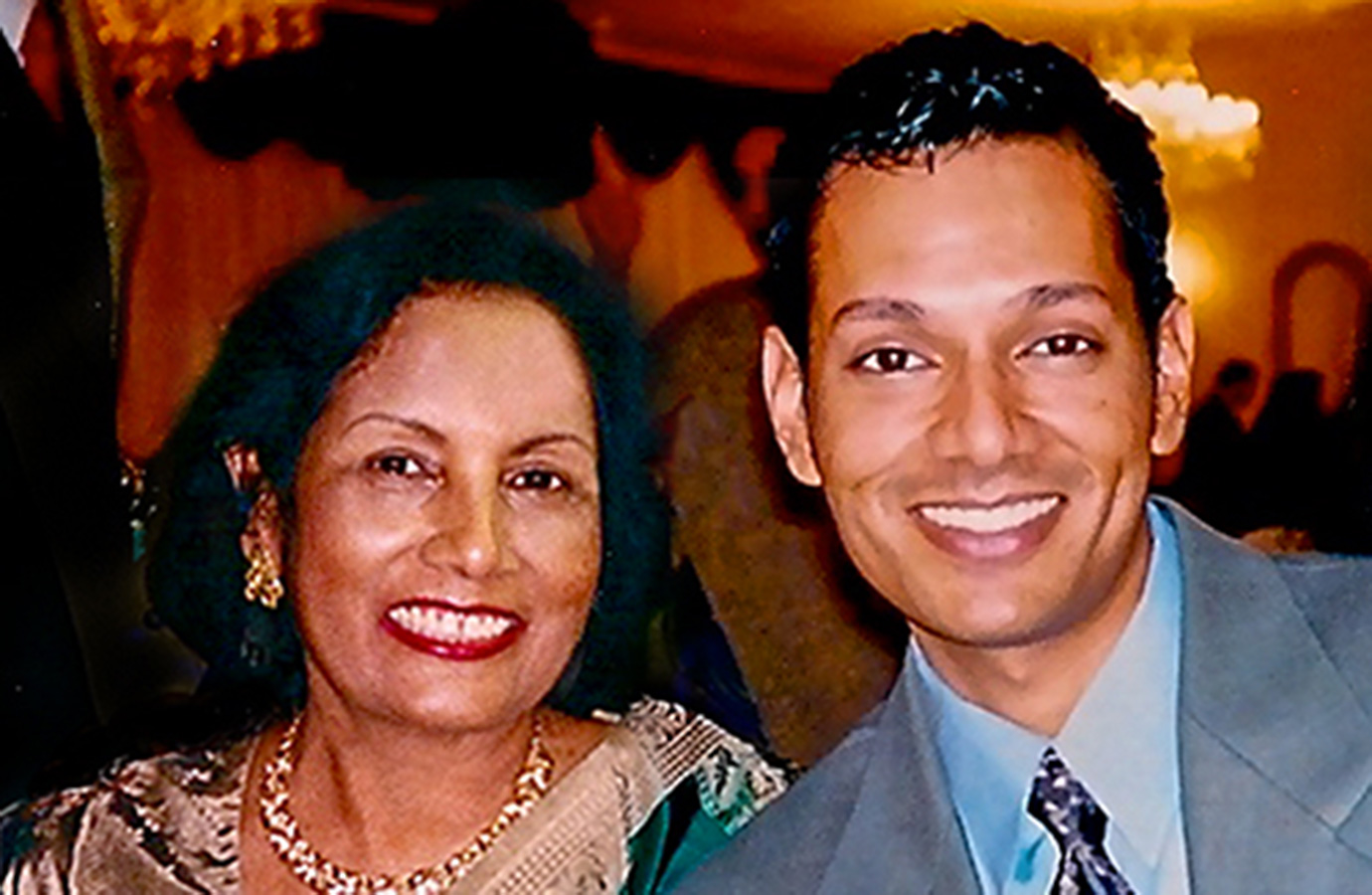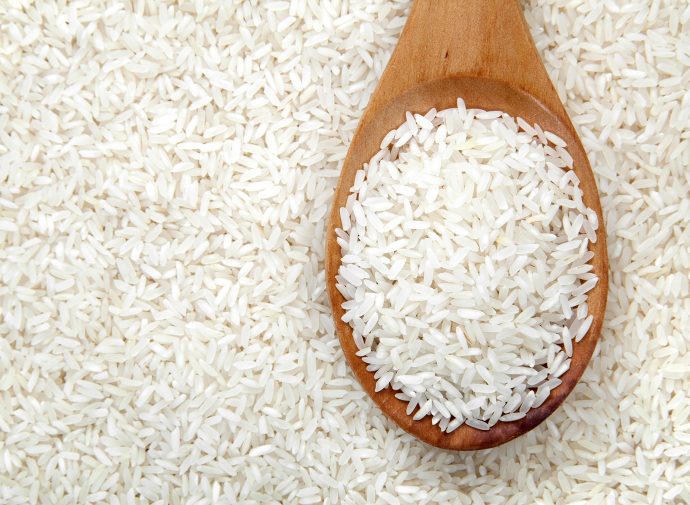Basmati rice is grown in the Himalayan foothills in Northern India and Pakistan. A long-grain needle-shaped rice, it’s best when it has been “aged” for several years before being milled and sold. Dehradun is considered the best growing region and this important location will be stamped on the rice sacks to indicate quality. The grains expand lengthwise when cooked and are prized for the ability to stay separate even when thoroughly cooked and tender. This is the favorite grain on the Indian subcontinent and all over the Middle East.
Readers of the Cook’s Gazette may remember Fadia Jawdat who shared food memories and recipes from her childhood in Lebanon. In this issue of the Gazette, she writes about her journey learning to cook basmati and shares her recipe for a traditional Palestinian rice dish makluba.
It is kismet that I met Jaime Omar Yassin, a writer and journalist from Oakland, the day before his reunion with his Palestinian cousin. The occasion inspired his piece written for the Gazette, in which he recounts the history of his family through the preparation of this iconic dish.
Zak Yasin, photographer for the Cook’s Gazette, often brings me basmati rice dishes to sample. Their provenance is from another part of the world, Bangladesh. His preparations are delicious, extraordinary really, with great depth of flavor matched by a shimmering delicacy and freshness. Zak first learned to cook from years of helping his mother, Jahan Ara, in the kitchen. Her dishes always begin with a careful selection of ingredients and continue with very detailed and specific instructions… how to “wake up” the grains of rice, fully develop the essential power of aromatics and spices; layer and balance flavor. I present three of her rice dishes here- coconut rice, fried rice and zarda. Though we’ve never actually met, I feel Jahan Ara standing next to me in the kitchen… encouraging me, admonishing me, instructing me.

My mother has always had an instinctual knack for flavors and cooking. However, born into a family of boys in East Pakistan (later to become Bangladesh) she preferred to spend her idle time competing with her brothers in outdoor activities instead of going anywhere near the kitchen – where girls were supposed to be. Soon after getting married, she accompanied my father to Scotland where learning to cook was a necessity. She was inexperienced and found herself in a western kitchen, with unfamiliar equipment, ingredients and spices. Never being one to shy away from a challenge, she mustered through while always keeping in mind the flavor profiles for which her own mother was so famous. My mother’s perseverance paid off. She would eventually be known for the wonderful foods she created from what became her favorite place in the house- the kitchen.

